Tweets in Worldwide
A surreal drawing of a tortoise flying above a Venetian cityscape, created by Melchior Lorck in 1555.

35
"Death and the Maiden" is a boxwood medallion carved by Hans Schwarz in 1520. Currently on display at the Bode Museum in Berlin.
The motif of "Death and the Maiden" has its origins in late medieval and Renaissance art. This theme was particularly relevant during times of plague and war, when death was a constant presence.
Show more
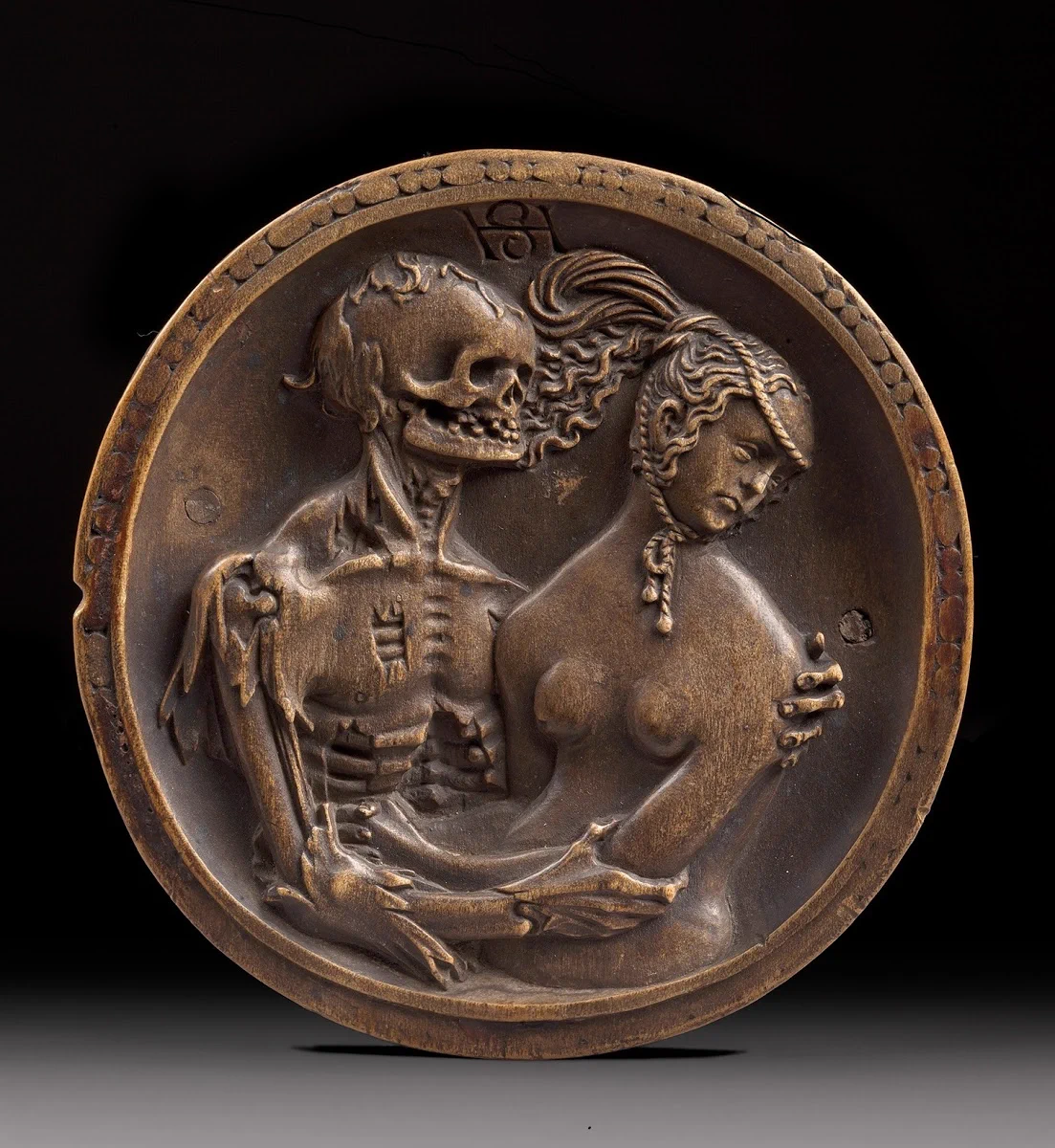
6
“A wicker man, filled with human sacrifices, waiting to be burned. The wicker man ritual was described by Julius Caesar in Book Six of The Gallic War, in which he describes the customs of the Celts of Gaul.” Aylett Sammes, 1676.
Show more
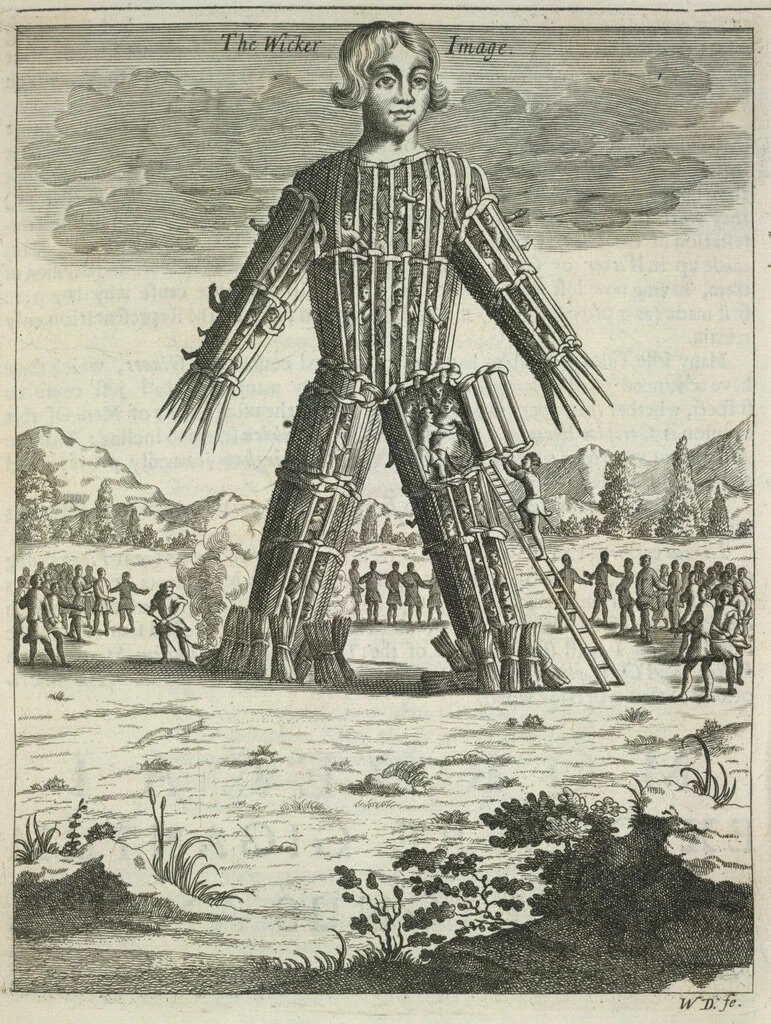
32
A vintage folding knife from approximately 1919. The blade features an inscription: "No One Else Has Your Part." The handle is ornately designed, depicting the figure of the Virgin Mary, crowned and holding her hands in a gesture of prayer
Show more

9
Carving of a wasp's nest. Japan, Edo period, 1800-1850

18
Statue of a Young Satyr Wearing a Theater Mask of Silenos, ca. 1st century AD. Anonymous sculptor, with 1628 restorations by Alessandro Algardi. Collection of the Art Institute of Chicago.
The satyr and Silenos are key figures in Greek mythology, particularly in their association with Dionysian festivities, which were marked by wild celebrations and theatrical performances. Satyrs, often represented as half-human, half-goat creatures, embodied the untamed forces of nature, while Silenos, their leader, was considered wiser, albeit prone to indulgence.
Show more
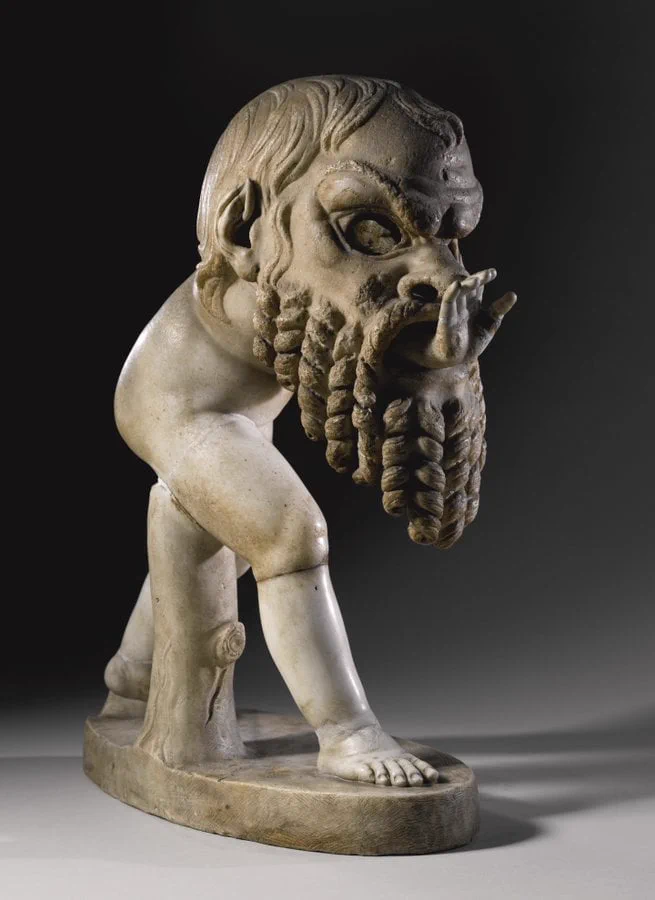
1
A 5,000-year-old 'spider stone' found in the island of Bornholm in Denmark. Collection: Bornholm Museum
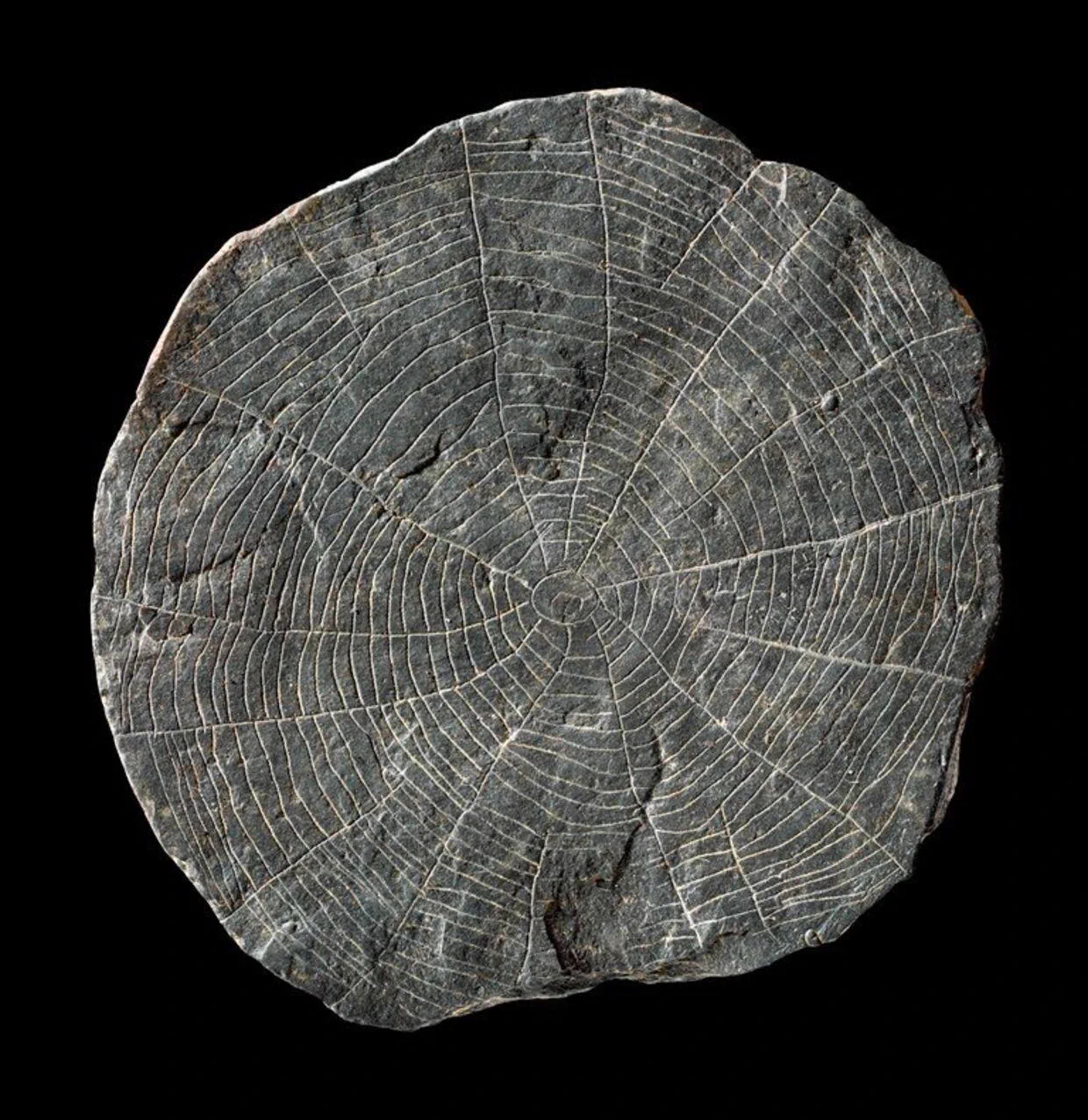
5
Cuneiform tablet inscribed with a Sumerian dedicatory text from Ekur, the temple of the god Enlil, dated to around the 16th–15th century BC.

2
Art Deco perfume bottle by Turriet & Bardach, made in Czechia circa 1930.

19
A grotesque depiction of a devil emerging from the jaws of Hell, illustrated in a Bible moralisée from the 15th century.

30
Art Deco malachite glass bottle designed by Henry Schlevogt under the Ingrid Brand, Czechoslovakia, early 20th century.
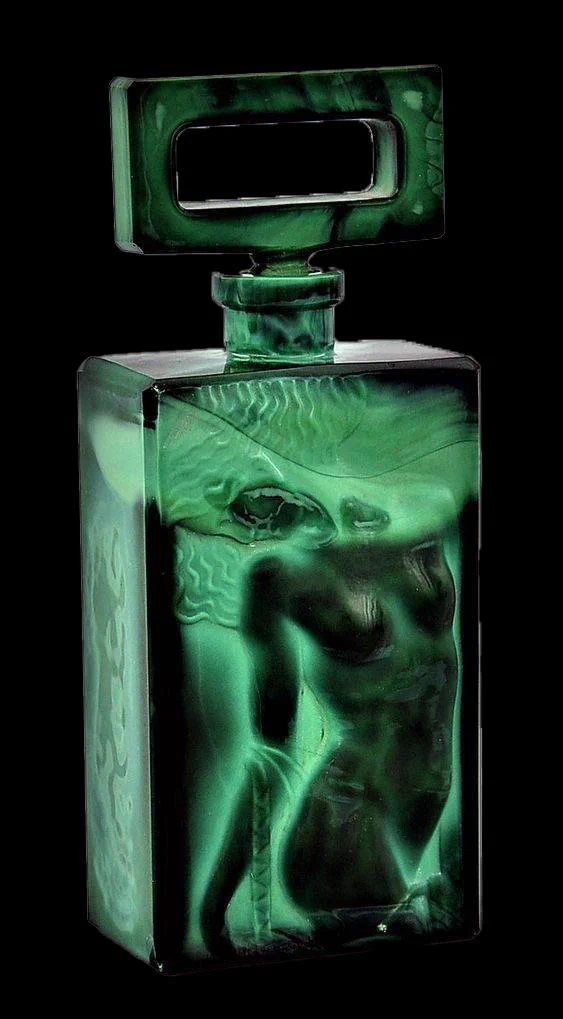
9
Female figurine from Guerrero, Mexico, Xalitla region, crafted in the Xochipala style, dating from approximately 1500–500 BC, made of earthenware with pigment decoration. Collection & Credit: The Getty.
Show more
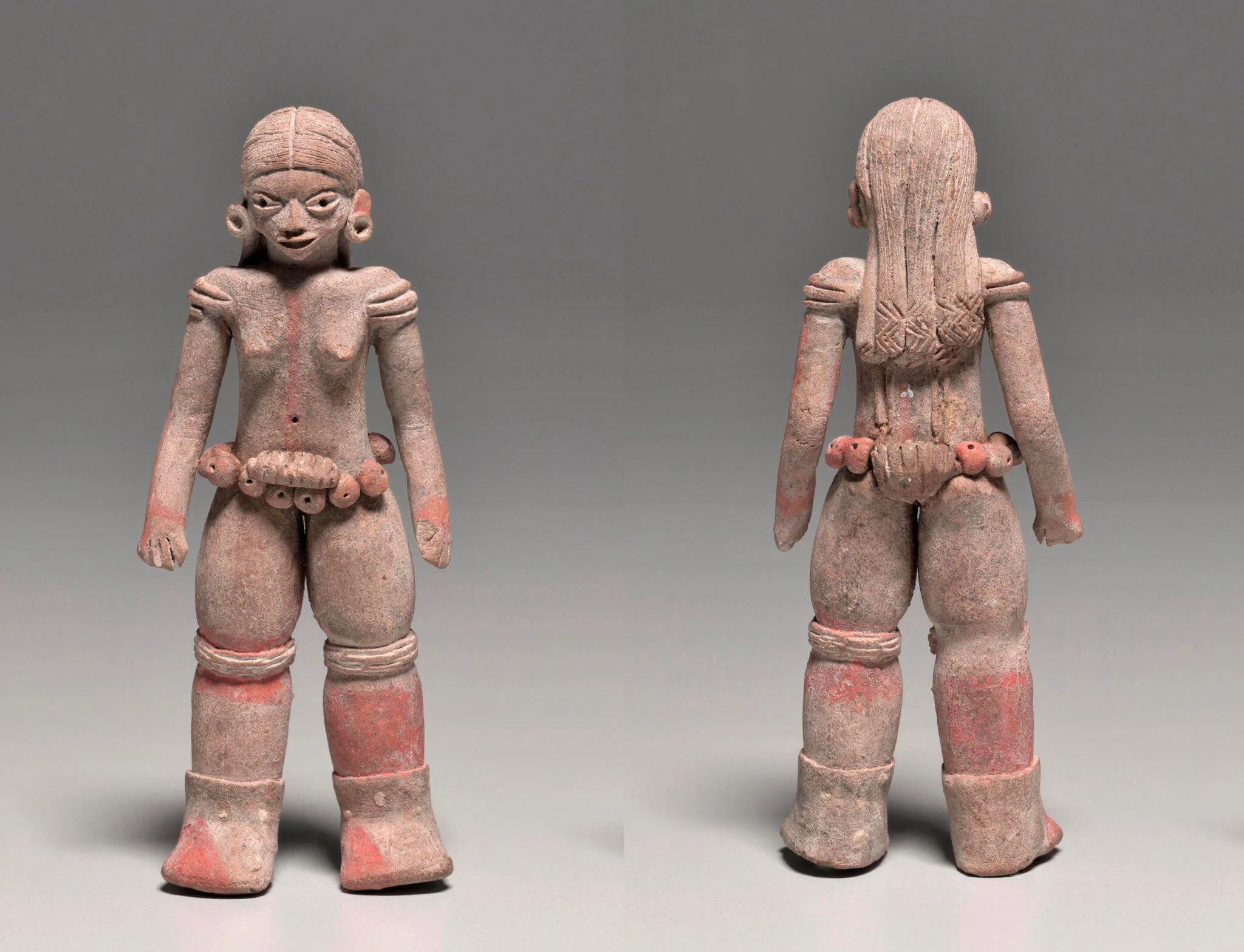
73
Bronze and glass sculpture titled "Naissance Rose," created by French artist Arman (Armand Pierre Fernandes, 1928-2005). Signed on glass. Credit: Abington Auction Gallery, Inc.

1
Illustration of a rabbit riding a snail, from an Armorial manuscript, created in the Netherlands, c. 1650. Collection: Biblioteca Apostolica Vaticana, Chig.G.IV.113, fol. 120v.

8
Colossal Buddha statue carved from sandstone, located in Bamiyan, Afghanistan, photographed in 1928. Photo from National Institute of Informatics.
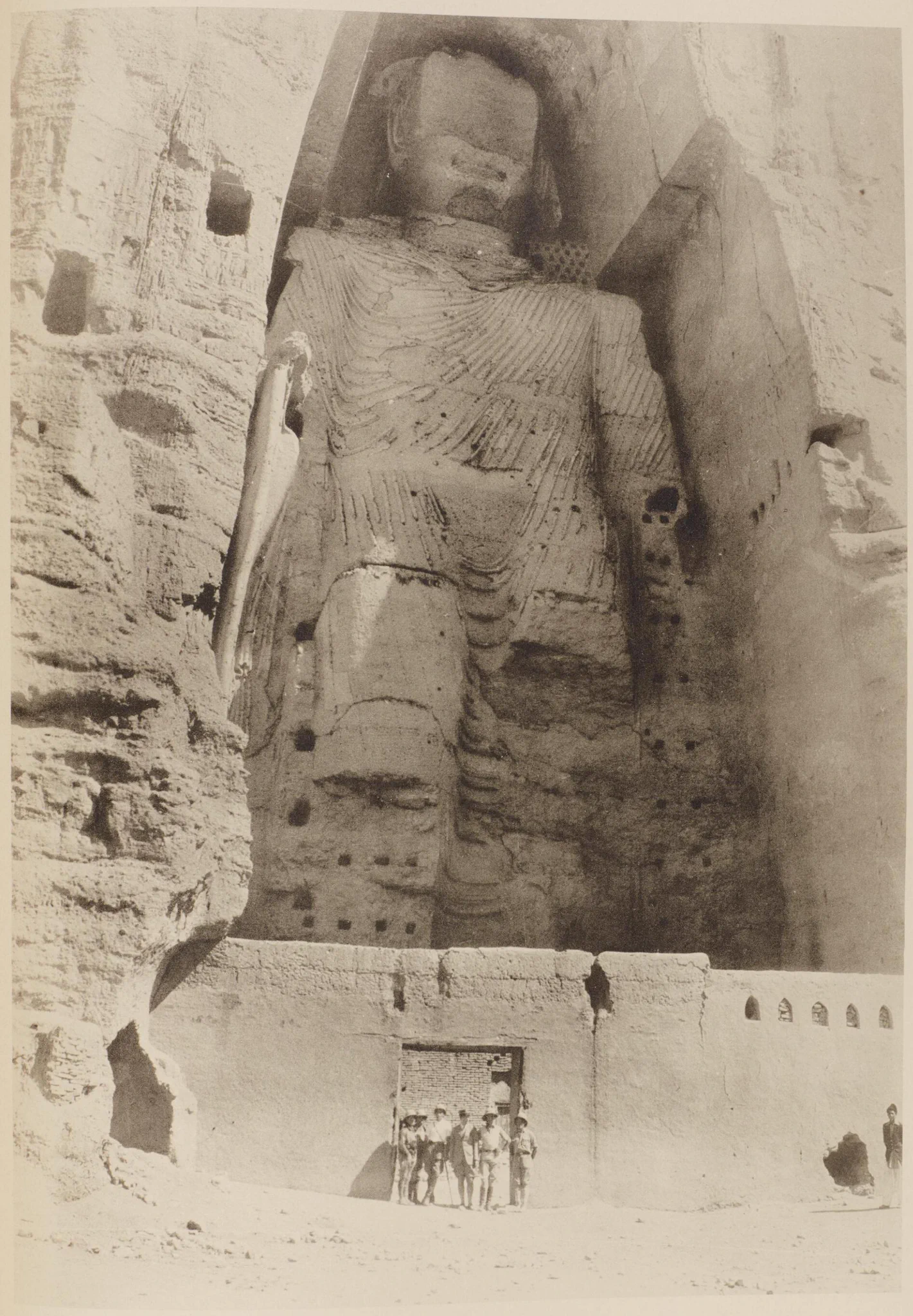
3
"Rabbit and Crocodiles" by Nishino Yoichi (1954 - )
Nishino Yoichi, born in 1954, is a contemporary Japanese painter renowned for his skillful integration of traditional Nihonga (Japanese-style painting) techniques with modern thematic expressions. Nihonga emerged in the late 19th century during the Meiji period (1868-1912 AD) as artists sought to preserve and evolve classical Japanese artistic traditions in response to Western influences.
Show more
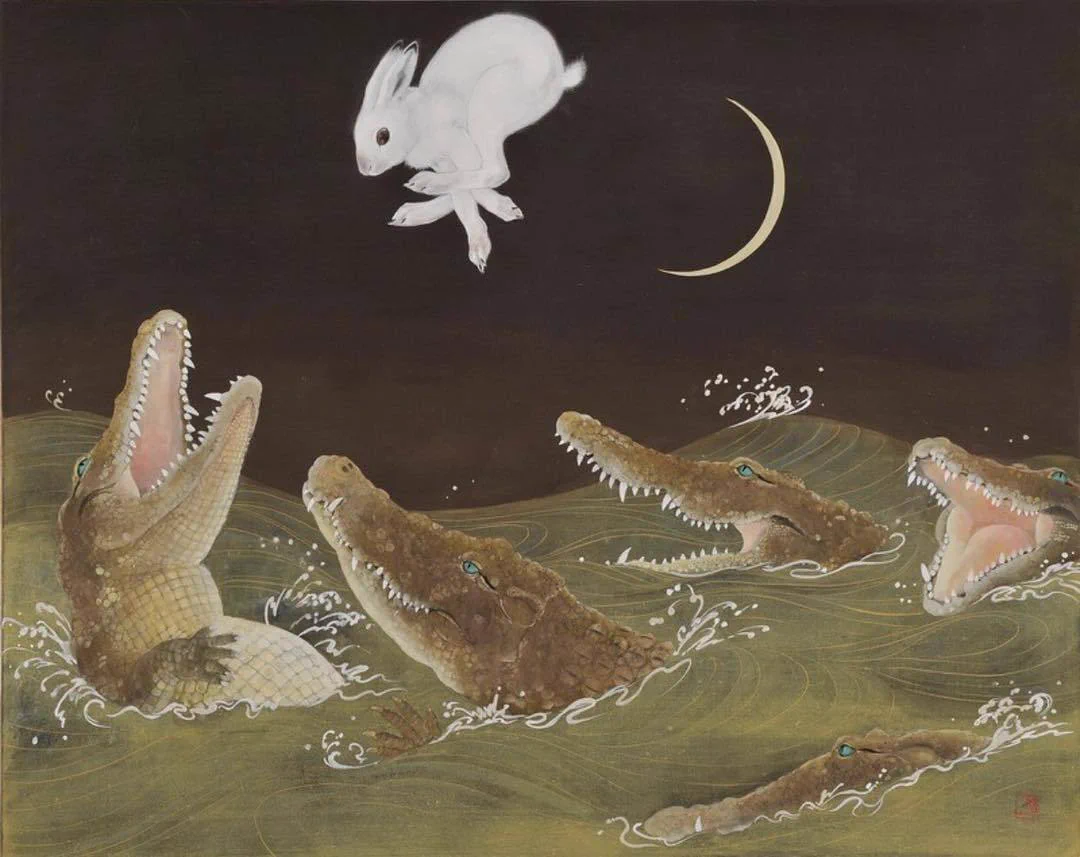
11
"The Mermaid’s Rock," oil painting by Edward Matthew Hale, 1894.

3
Turtle group, small sculpture; Culture: Japanese, Edo period; place of origin: Japan; early to mid–19th century AD; artist: Ryōichi (or Yoshikazu).
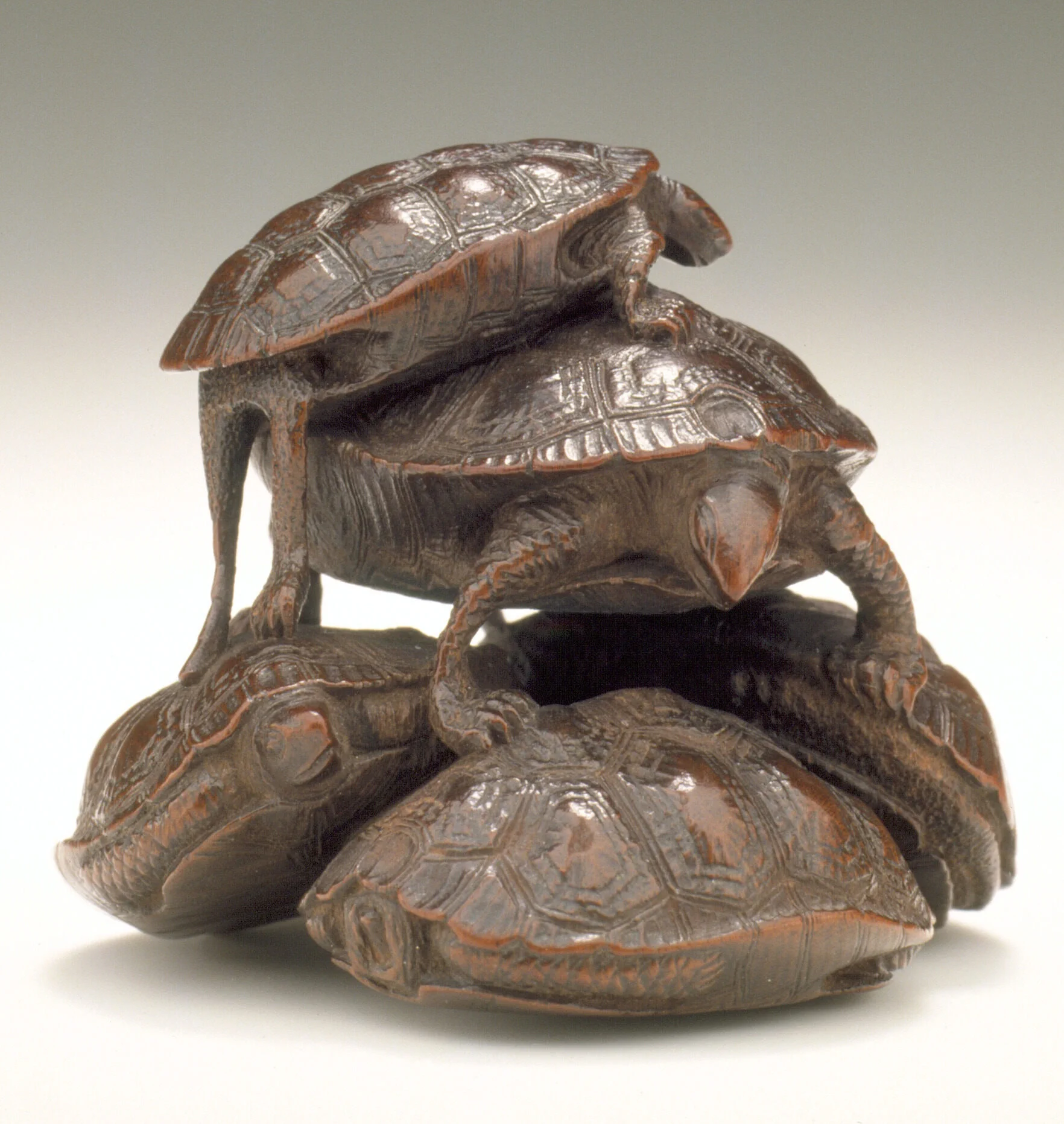
3
Lioness Devouring an African (Phoenician culture), ivory with gold leaf, carnelian and lapis lazuli inlay, c. 900–700 BC. Collection: The British Museum, London.
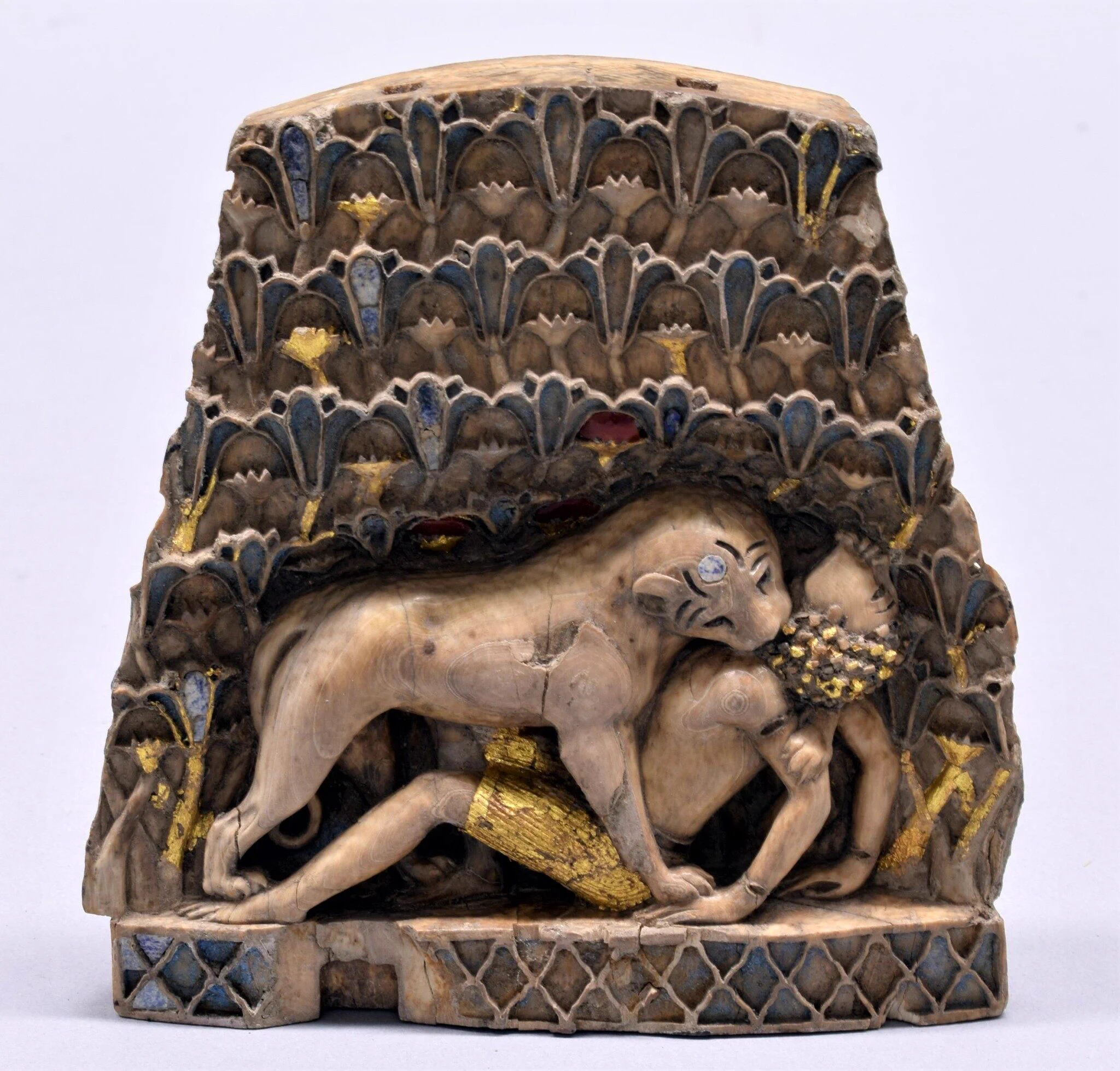
5





































